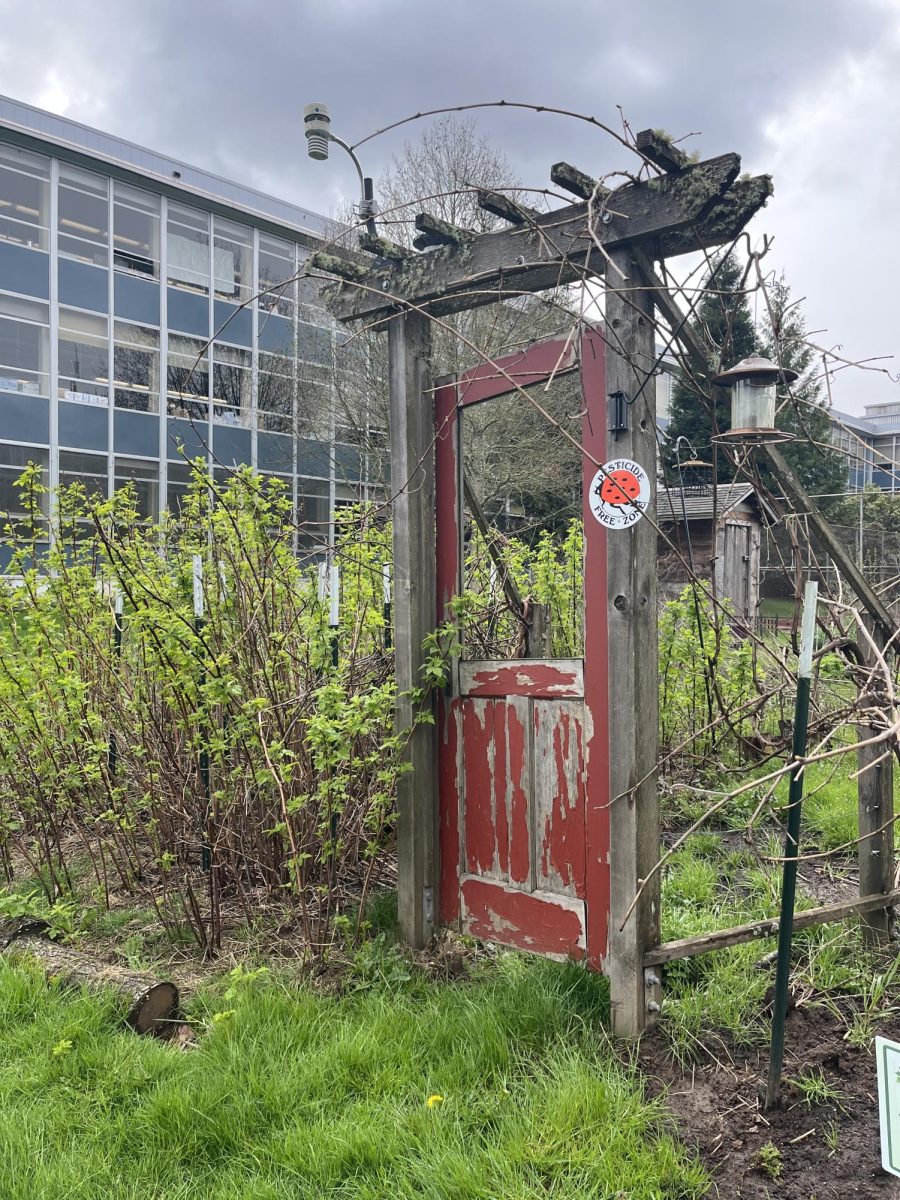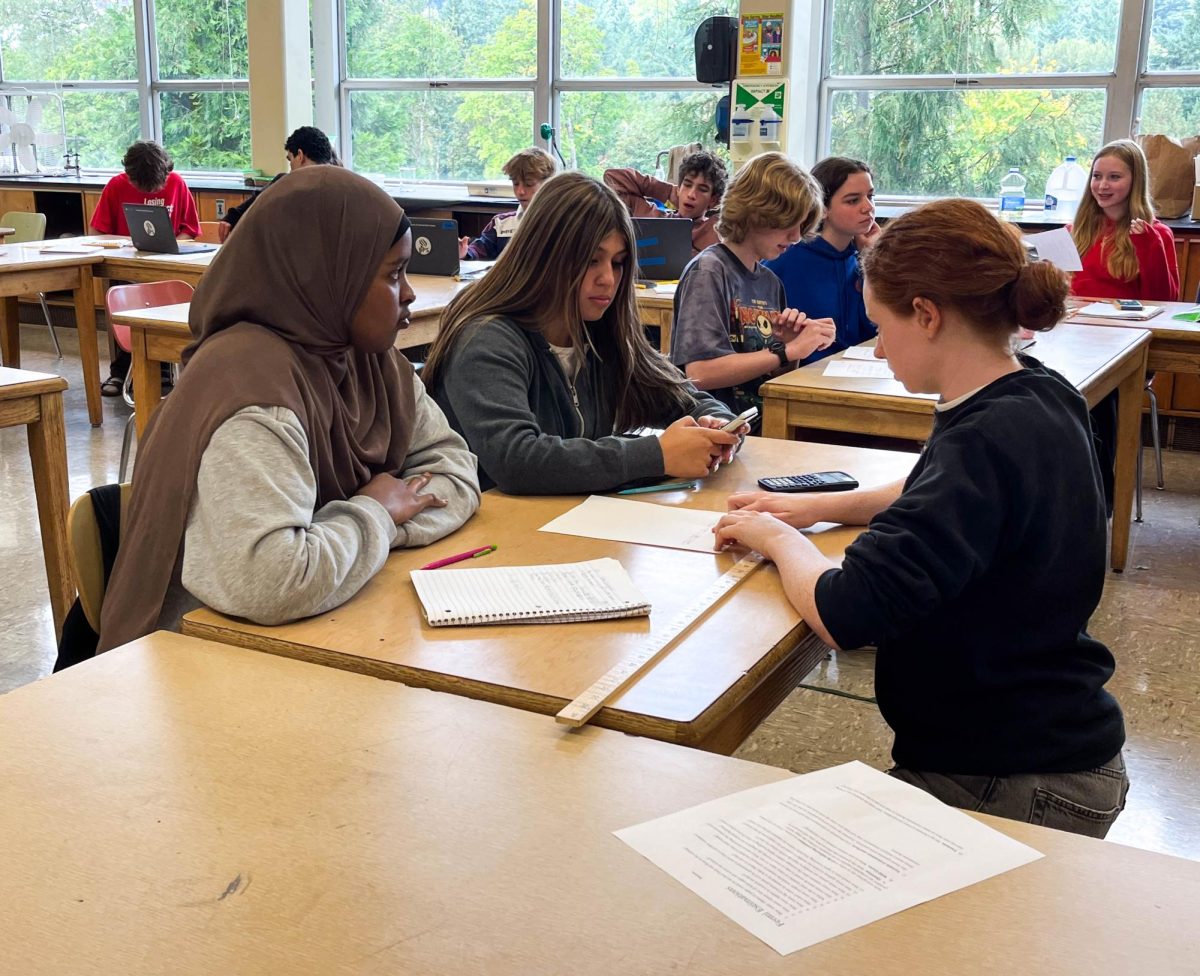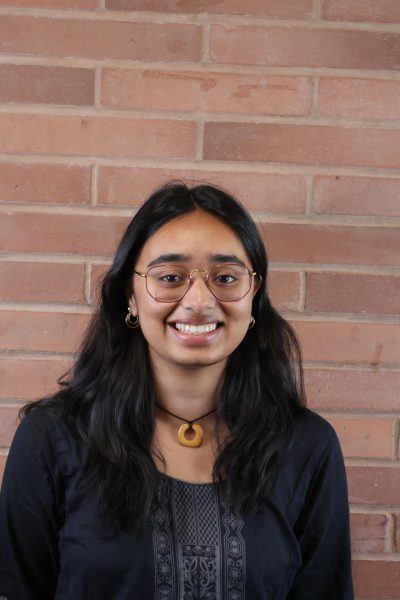In the United States, we recognize several history months, with some being more well-known than others. This month, a lesser-known time of commemoration for individuals takes place. National Deaf History Month acknowledges the accomplishments of people who are Deaf and hard of hearing. It is also dedicated to learning about significant milestones in Deaf history, specifically deaf education.
Deaf History Month was celebrated from March 13 to April 15 because of the significance of these dates in Deaf history. On April 15, 1817, the first American public school for the deaf, the American School for the Deaf, opened in Hartford, Connecticut. In April of 1864, the first institution dedicated to higher education for the Deaf and hard of hearing, Gallaudet University, was established. Additionally, March 13 commemorates the “Deaf President Now” or DPN movement in 1988, when students at Gallaudet successfully campaigned to appoint a deaf president for the university.
Gallaudet University was named after Thomas Hopkins Gallaudet, an American educator who co-founded the American School for the Deaf alongside Mason Cogswell and Laurent Clerc. Gallaudet was inspired to help teach the deaf when he met Cogswell’s daughter, Alice, who suffered a fever at the age of two, which left her deaf.
“Deaf children really didn’t get a formal education until the year 1817, so just a little over 200 years ago,” said Erika Luther, the ASL teacher at Ida B. Wells High School. “[Hearing people] didn’t know how to educate them, you know they’re like ‘they can’t hear,’ and ‘we talk and they can’t hear us.’”
Gallaudet believed that Alice and those who were also deaf and hard of hearing could be educated; they just needed a form of communication that worked better for them. He traveled to Europe, where education for the deaf was much more advanced.
While in London, Gallaudet met French educators Abbé Sicard, the head of the National Institute for Deaf Youth in Paris, and two faculty members, Laurent Clerc and Jean Massieu, both of whom were deaf. Gallaudet observed their successful method of manual communication for their students. Impressed, he returned to the U.S. with Clerc, where they opened the American School for the Deaf. Clerc also taught Gallaudet sign language, which was used at the school and developed into what we know as American Sign Language (ASL) today.
On April 8, 1864, Gallaudet’s youngest son, Edward Miner Gallaudet, established a school for Deaf children, which later became Gallaudet University.
However, even with the opening of Gallaudet, there was still a major issue among the students that lasted for over 100 years. Until 1988, the president of Gallaudet University was always a hearing person. “[Former university presidents] didn’t have the cultural appreciation of deafness, and so the Deaf students were outraged by that,” said Luther. “[University students] protested and said, ‘We want a Deaf president.’” On March 13, 1988, the successful “Deaf President Now” movement appointed Dr. I. King Jordan as the university’s first Deaf president.
Deaf History Month was introduced by the National Association of the Deaf (NAD) in 1997. The recognition began to grow in 2006, when the American Library Association (ALA) partnered with NAD to provide more support for the recognition of Deaf and hard-of-hearing individuals.
As of 2022, the NAD has changed the observation of Deaf History Month to the whole month of April, but the purpose of this history month remains the same. “It would be nice for hearing people to kind of get out there and see and experience what the Deaf community has to offer,” said Luther. Although it is not a federally recognized holiday, ever since 2006, both the NAD and ALA have continuously advocated for a federal proclamation of National Deaf History Month by Congress.
“It’s cool to see how many Deaf people have accomplished so much in so many different areas,” said Luther. “Their attitude is like ‘No, we can do things despite our hearing loss.’”















